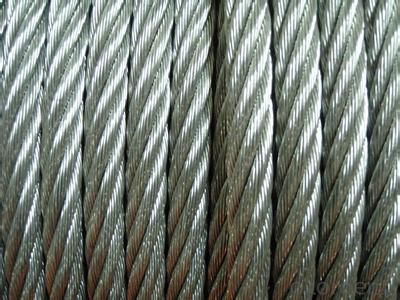Packaging & Delivery
| Packaging Details: | demands according to your requirement OR WOOD REEL |
|---|---|
| Delivery Detail: | according to your demand |
OKorder Service Pledge
OKorder Financial Service
You Might Also Like
Steel Grade:iron ,45# ,60#,70#
Standard:AISI, ASTM, BS, DIN, GB, JIS
Wire Gauge:1.0 mm -20 cm
Place of Origin:Jiangsu, China (Mainland)
Type:Galvanized
Application:Rope
Alloy Or Not:Non-alloy
Special Use:Free Cutting Steel
Model Number:6765765
Brand Name:OEM
QUALITY:GOOD
DELIVERY:FAST
steel wire rope:all
| Packaging Details: | demands according to your requirement OR WOOD REEL |
|---|---|
| Delivery Detail: | according to your demand |

Send your message to us
OKorder Service Pledge
OKorder Financial Service
Similar products
Hot products
Hot Searches
Related keywords